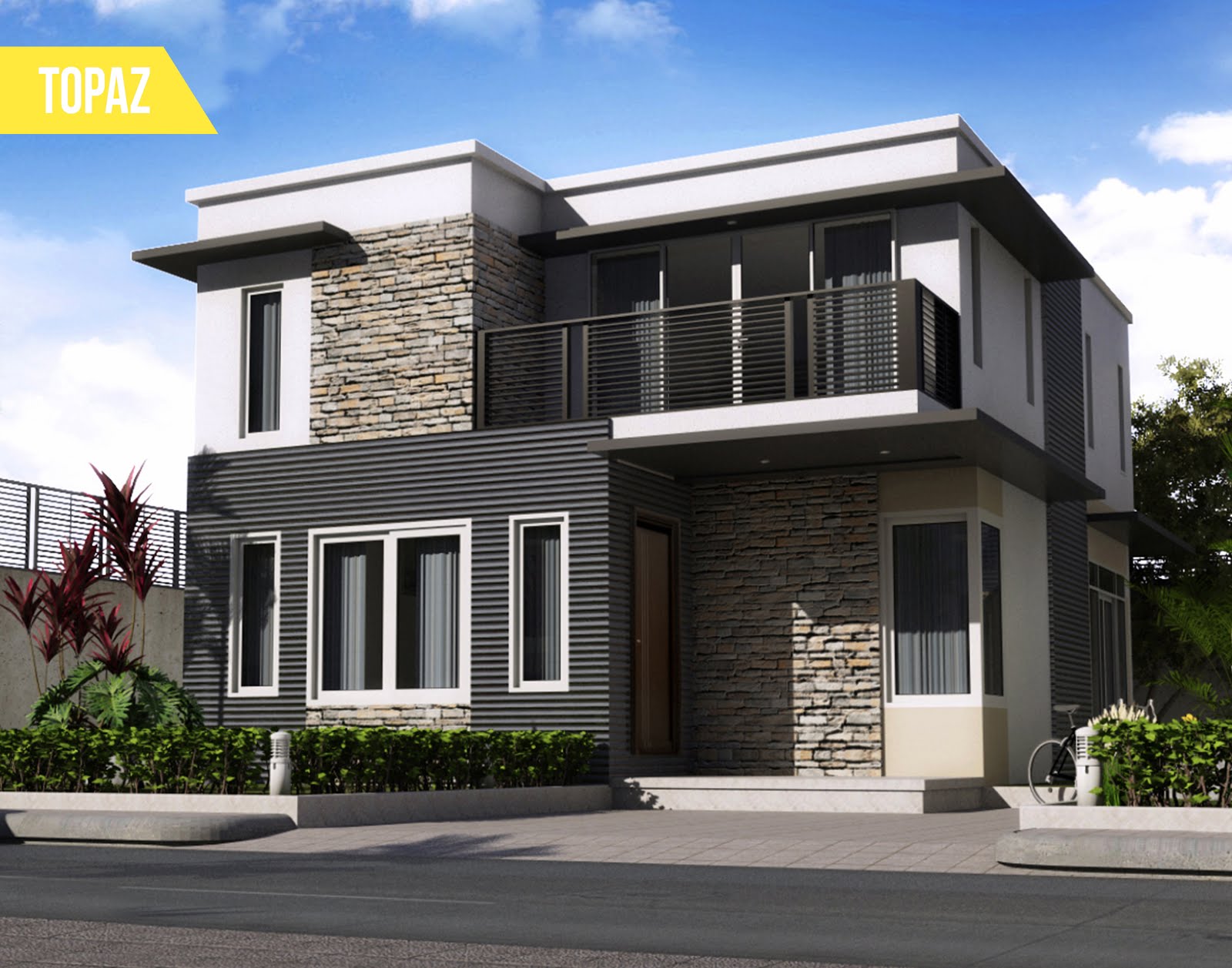
Introduction
House design plays a crucial role in creating a comfortable and functional living space. It is the process of planning, designing, and constructing a house that meets the needs and preferences of its occupants. From the layout and aesthetics to the materials and colors used, every aspect of house design contributes to its overall appeal and functionality.

The Importance of House Design
Good house design goes beyond mere aesthetics. It takes into account the lifestyle, budget, and specific requirements of the homeowners. A well-designed house provides efficient use of space, maximizes natural light, promotes good ventilation, and enhances energy efficiency. It also ensures the seamless flow and functionality of each room, creating a harmonious living environment.

Factors to Consider in House Design
When designing a house, several factors come into play:
- Layout: The layout of a house determines the arrangement of rooms, circulation areas, and overall flow. It should be practical, efficient, and cater to the needs of the occupants.
- Aesthetics: The visual appeal of a house is important for creating a welcoming and attractive ambiance. Colors, materials, and architectural elements contribute to the overall aesthetics.
- Functionality: A well-designed house considers the functionality of each space. Rooms should be designed to serve their intended purpose effectively, whether it be a kitchen, bedroom, or living area.
- Comfort: Comfort is a key aspect of house design. Factors like insulation, heating, and cooling systems, as well as the arrangement of furniture, contribute to the overall comfort of a house.
- Sustainability: Designing a sustainable house involves using eco-friendly materials, incorporating energy-efficient systems, and considering the long-term impact on the environment.
- Budget: The budget plays a significant role in house design. It influences the choice of materials, finishes, and construction methods.
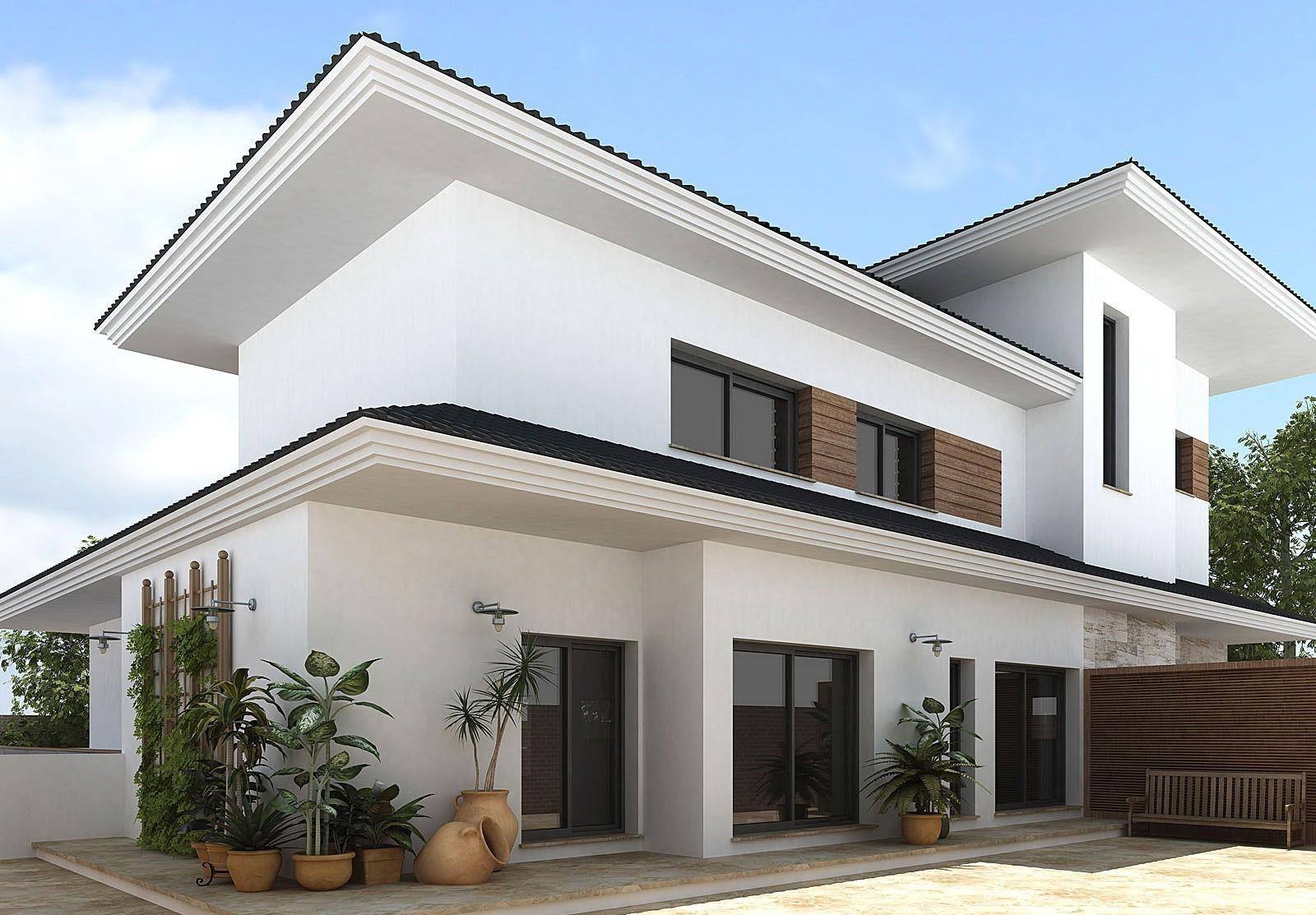
Popular House Design Styles
Various house design styles have emerged over the years, catering to different tastes and preferences. Some popular styles include:
- Modern: Modern house design emphasizes clean lines, minimalism, and open spaces. It often features large windows, natural materials, and a focus on functionality.
- Traditional: Traditional house design encompasses classic architectural styles, such as Colonial, Victorian, or Craftsman. It often includes ornate details, warm colors, and a sense of timelessness.
- Contemporary: Contemporary house design incorporates current trends and styles. It is characterized by unconventional shapes, innovative materials, and a blend of different architectural elements.
- Mediterranean: Mediterranean house design draws inspiration from coastal regions, featuring warm colors, terracotta roofs, arched windows, and courtyards.
- Scandinavian: Scandinavian house design focuses on simplicity, functionality, and minimalism. It often includes light colors, natural materials, and an abundance of natural light.
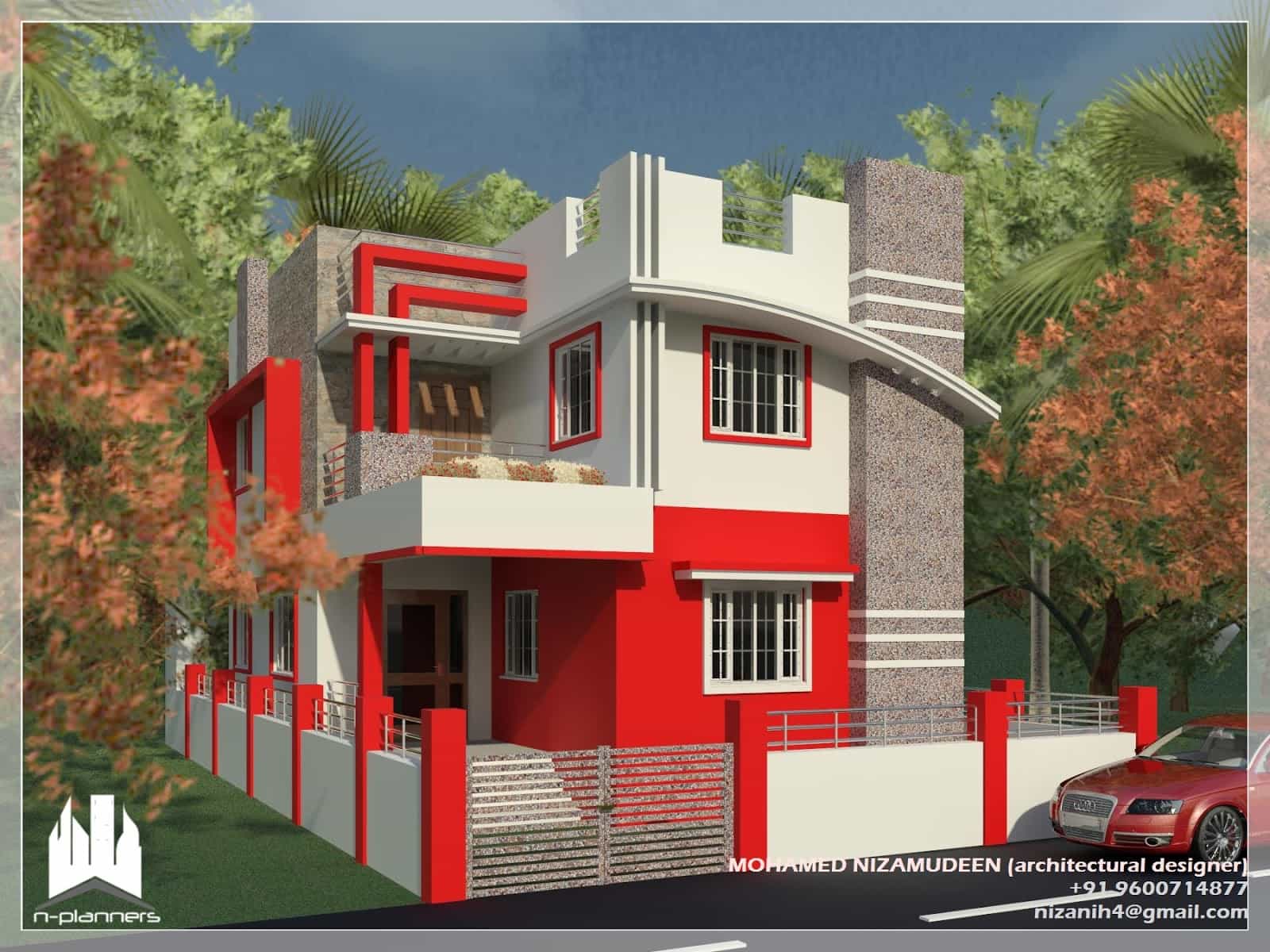
Designing the Interior
The interior design of a house is just as important as its exterior. It involves selecting furniture, fixtures, colors, and decorative elements that complement the overall design style and create a cohesive look. The interior design should reflect the personality and preferences of the homeowners while providing comfort and functionality.

Exterior Design Considerations
The exterior design of a house creates the first impression and sets the tone for the entire property. It involves choosing appropriate materials, colors, and architectural features that enhance the curb appeal. Factors like landscaping, outdoor lighting, and the arrangement of outdoor spaces also contribute to the overall exterior design.

Technology and House Design
Advancements in technology have greatly influenced house design. From smart home systems to energy-efficient appliances, technology integration enhances convenience, comfort, and sustainability. Home automation, security systems, and energy monitoring devices are just a few examples of how technology can be seamlessly incorporated into house design.
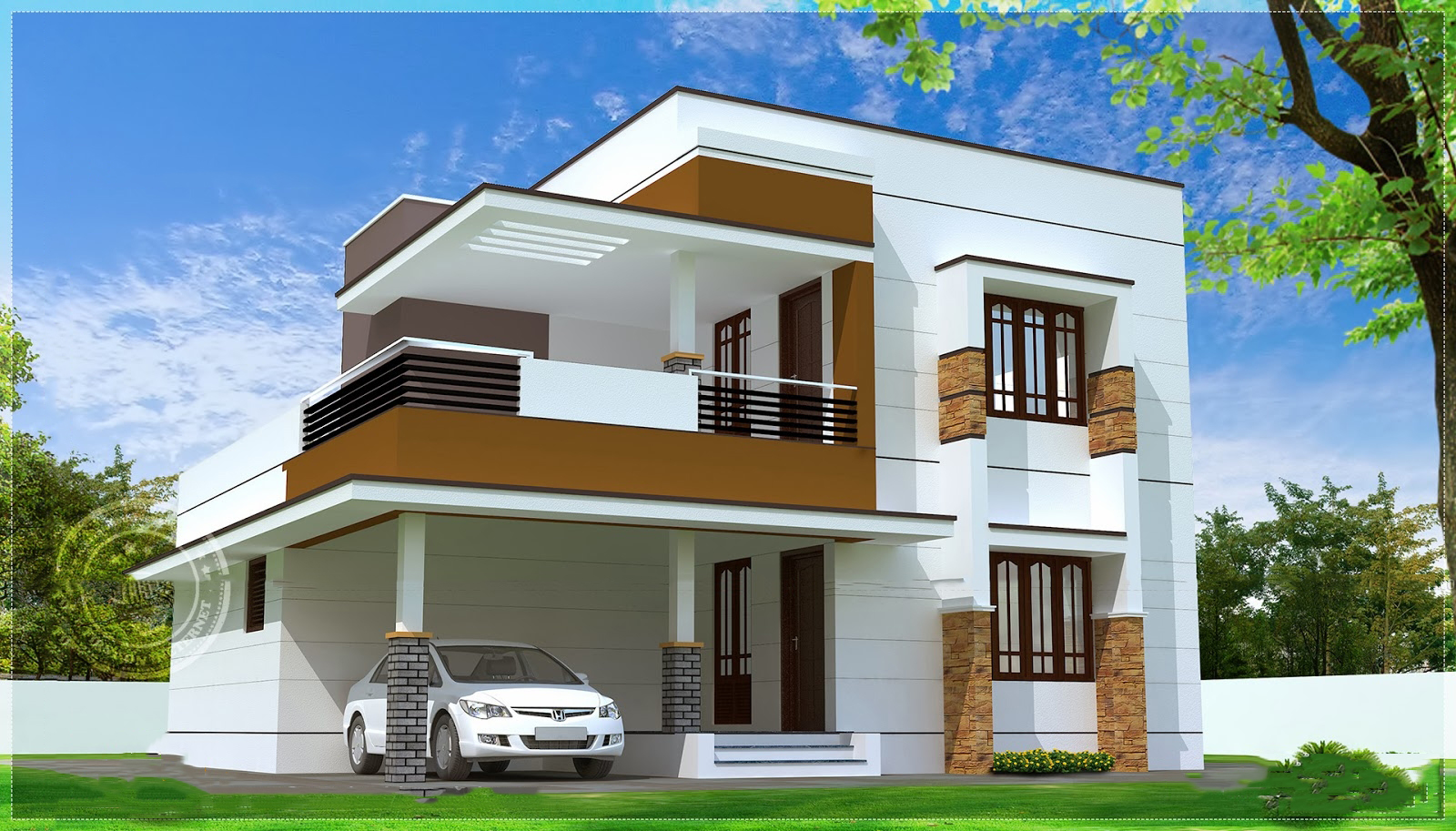
Choosing the Right Architect or Designer
Designing a house is a complex process that often requires the expertise of an architect or designer. When selecting a professional, it is essential to consider their experience, portfolio, and compatibility with your vision. Collaborating with the right architect or designer ensures that your house design is executed flawlessly, meeting both aesthetic and functional requirements.
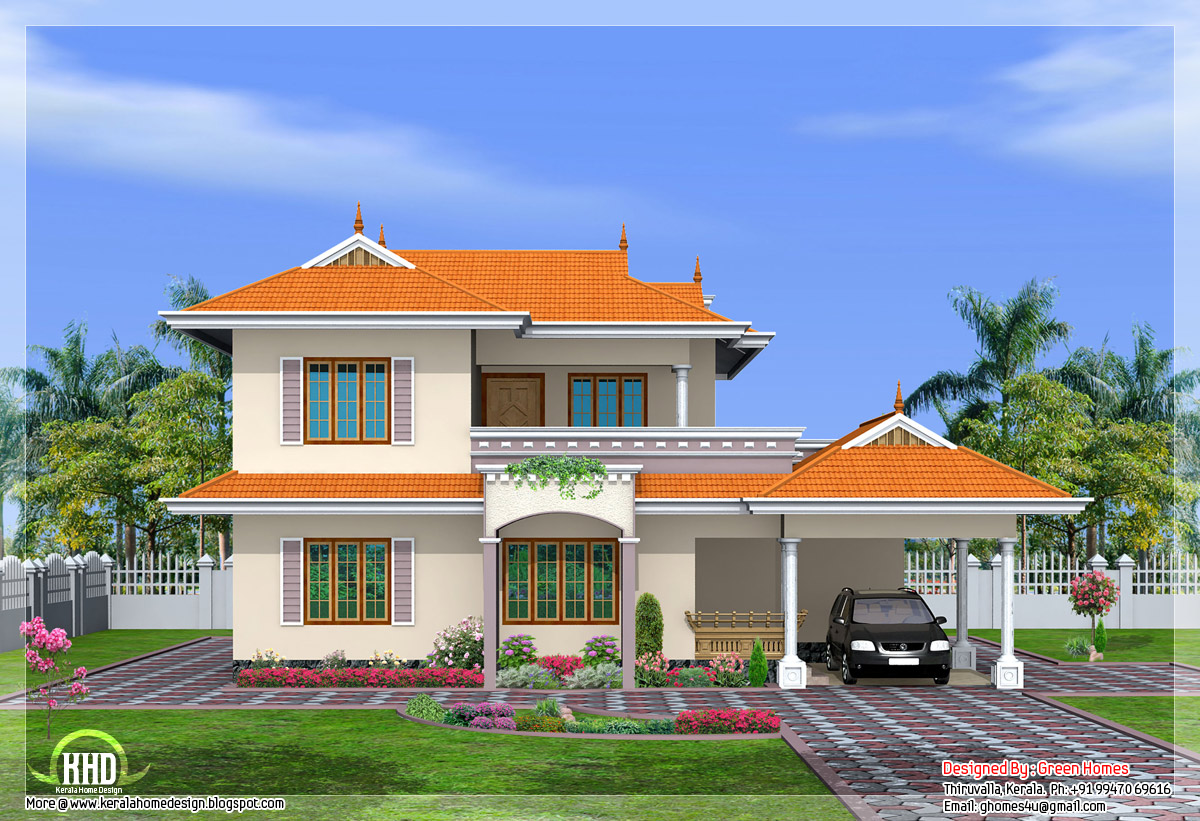
Incorporating Personal Touches
While it is important to consider popular design styles and trends, incorporating personal touches into the house design adds a unique touch. Whether it's through artwork, family heirlooms, or personalized decor, these elements make a house truly feel like a home.
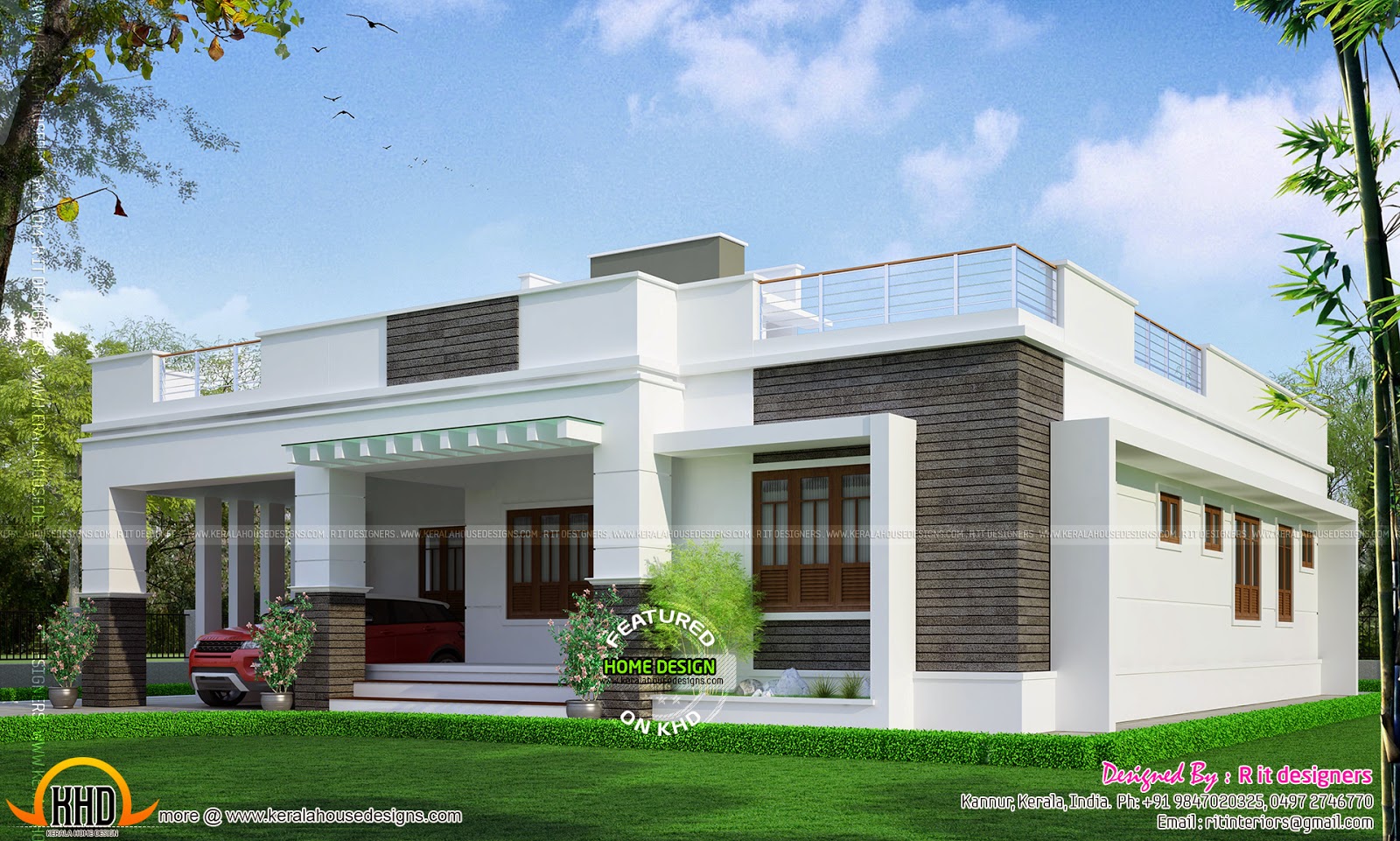
Conclusion
House design is a multifaceted process that requires careful consideration of various factors. From layout and aesthetics to functionality and sustainability, each aspect plays a significant role in creating a comfortable and appealing living space. By understanding the importance of house design and collaborating with professionals, homeowners can achieve their dream houses that reflect their unique style and cater to their specific needs.